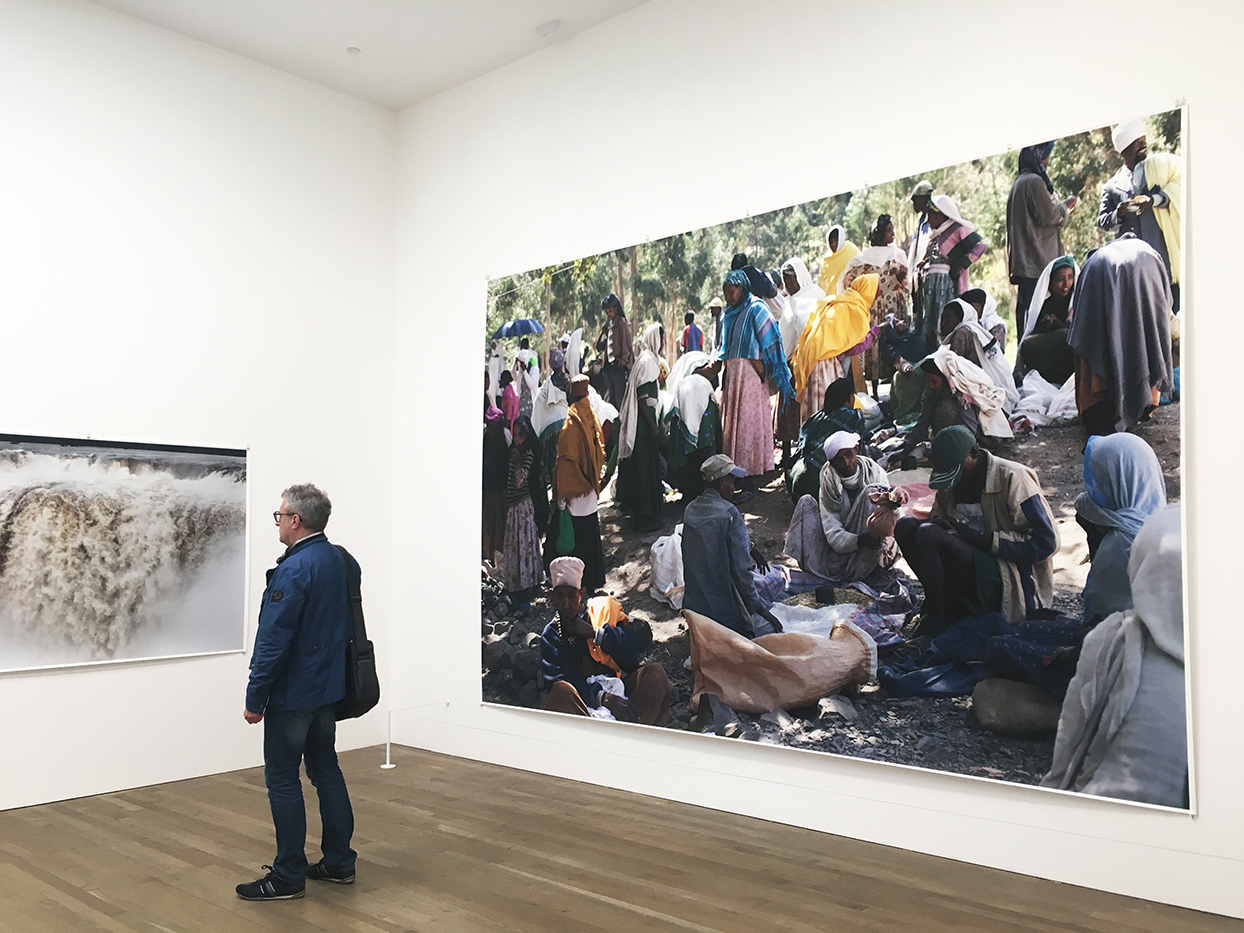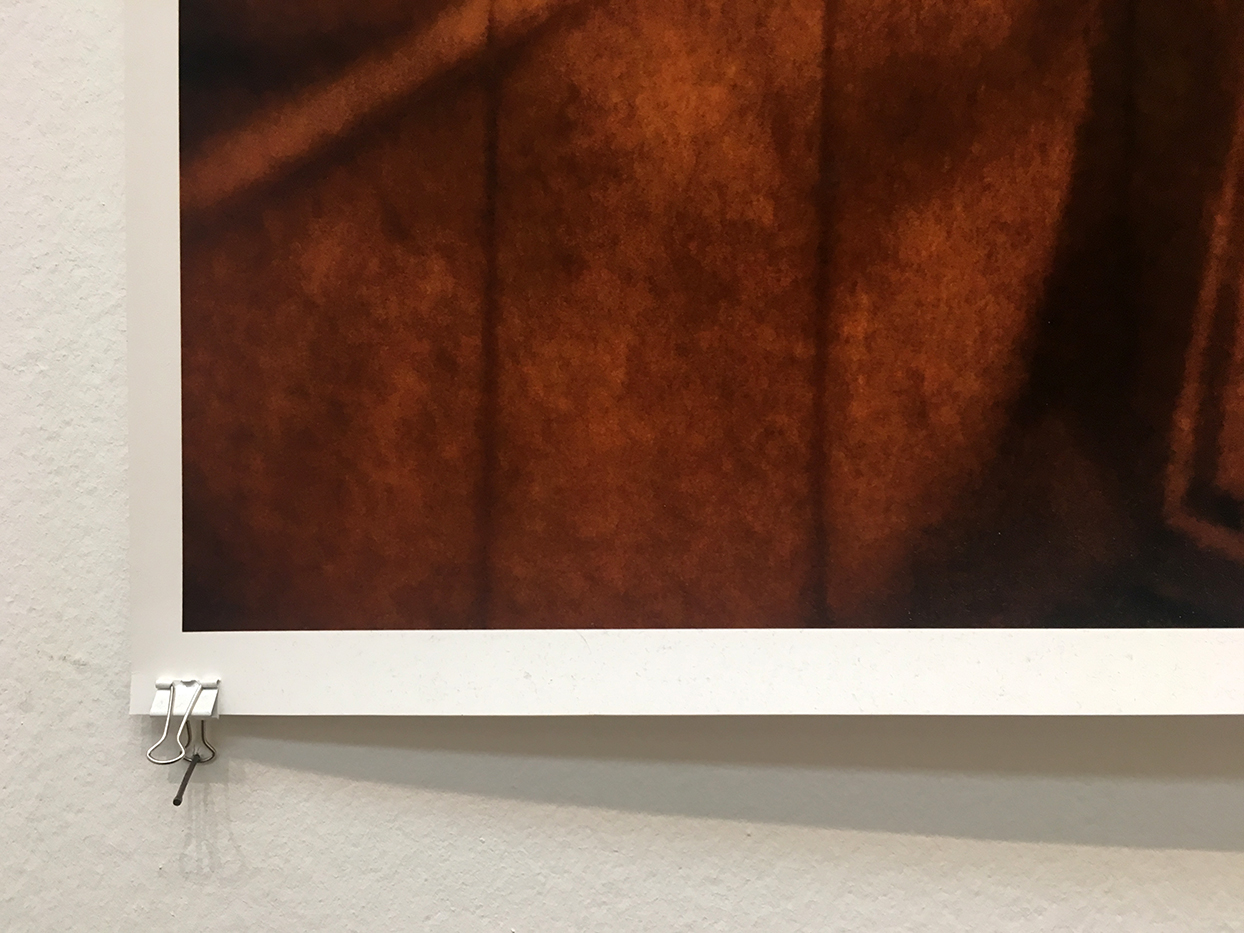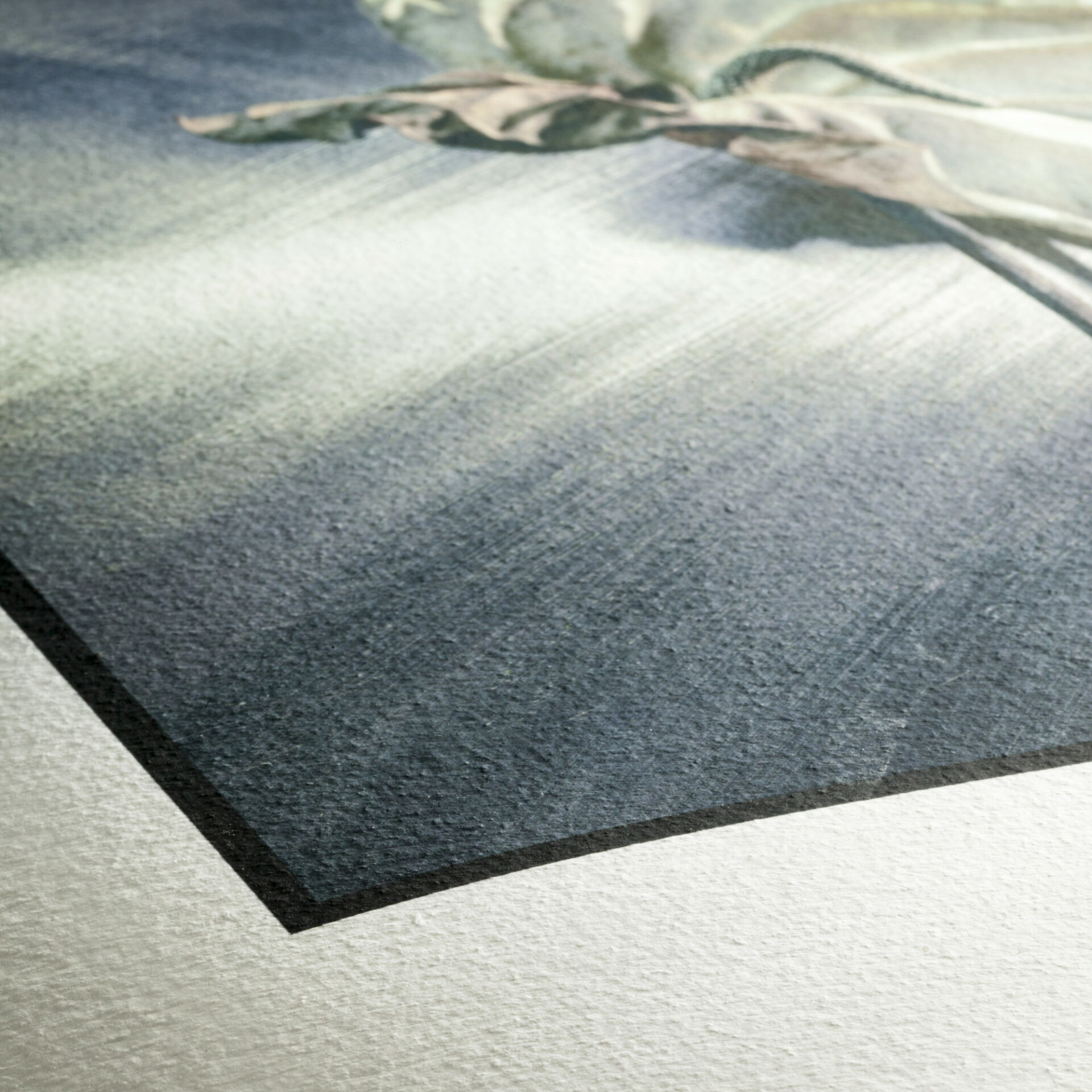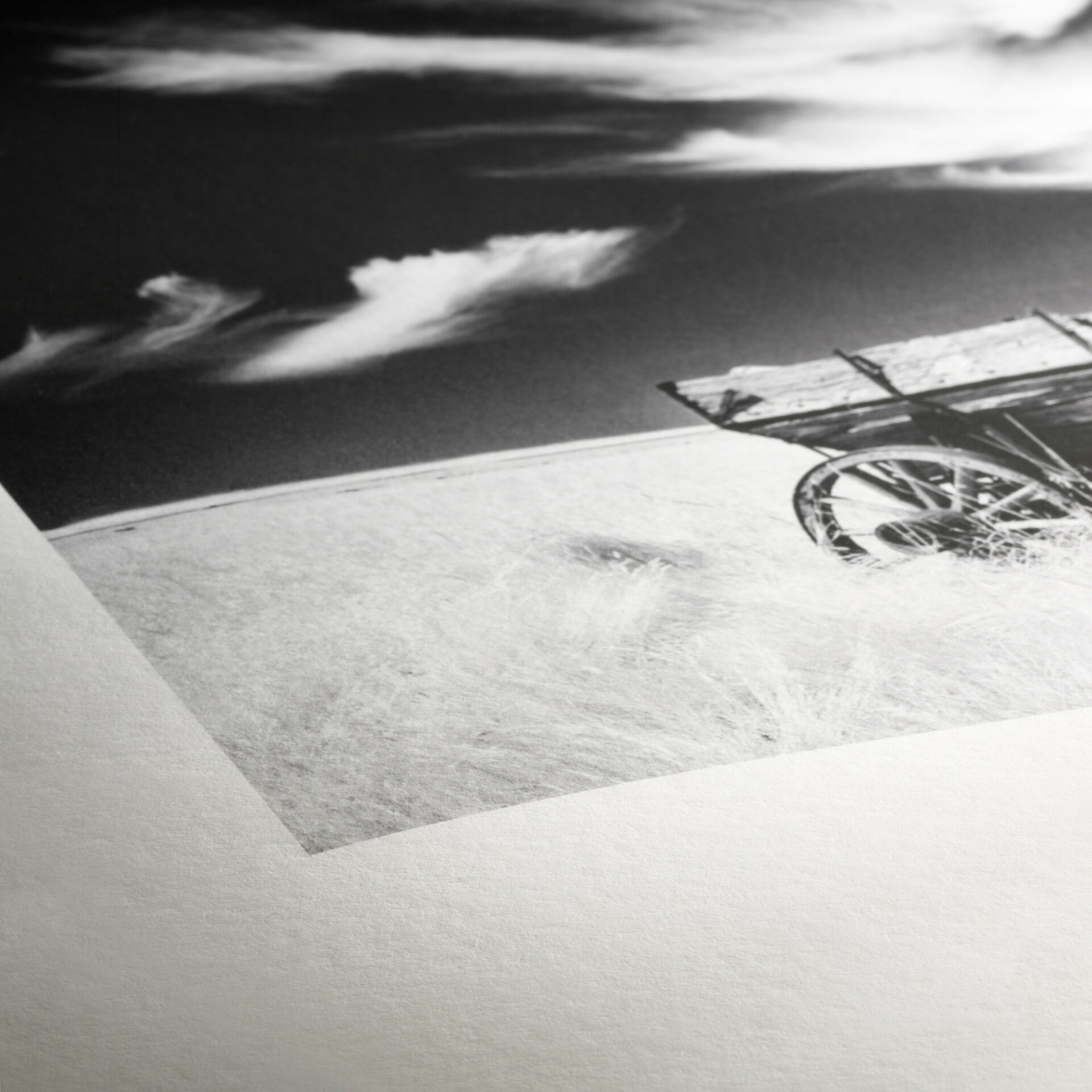
This long-lasting quality (archival) makes it perfect for prints that need to last a lifetime, such as art. Now, this could be in the form of digitally reproduced artwork, photographs, cartography or perhaps illustrations or drawings. And because it is a digital print format, you could produce one-off pieces or limited edition runs for selling.
Pronounced zhee'clay [Ê’ikle] the term is a relatively recent word introduced in 1991 by American, Jack Duganne, a master printmaker and founder of the artist and print studio, Workshop, operating in Santa Monica for over 47 years. The name Giclée was originally applied to fine art prints created on a modified Iris printer, a print process invented in the late 1980s. Jack died recently in April 2020.
It is said that Duganne wanted a word that would differentiate this modified art long-lasting printing from regular commercial iris prints, then used as print proofs within the design and publishing industries. Giclée is based on the French word gicleur, the technical term for a jet or a nozzle, and the associated verb gicler (to squirt out) – the term 'une giclée' means a spurt of liquid.
Any print being produced as a giclée must be a minimum of 300dpi (dots per inch) – this is the resolution of an image and the amount of detail captured in the image. Online imagery is 72dpi, which gives you an idea of the quality, being 3 times as many dots per inch for the printed image.
Next, is the paper used. To get the best results with giclée prints it's recommended to use either archival or a museum grade category paper. These materials would generally be matte, cotton-rag or canvas, and very often means acid-free / lignin-free, preserving the product for a long time. The term archival describes something that is resistant to deterioration and offers a long life span.
The ink used is also important, giclée printing requires the use of pigment-based inks. Pigment inks are composed of small coloured particles held suspended, rather than dye-based – a soluble colourant dissolved in a liquid (a bit like a cordial drink). Pigment-based inks have a superior colour tone, a longer lifespan which can last over 100 years and offer a reduced possibility of smearing or staining. Dye inks are found in most inkjet printers.
This leads us nicely on to the printers used for giclée printing. The Graphical Tree uses the Epson SureColor 20000 series, It uses a K4 ink set giving us a maximum colour gamut, allows us light-fastness while producing vivid colour reproductions, with considered saturation and depth. The Epson also offers subtle shadow details, true blues and natural skin tones, as well as four levels of black including high-density photo and matte black inks for deeper, richer blacks and better grey balance and mid-tones than conventional inkjet prints. Another feature is its gradations quality with reduced graininess achieved thanks to Multi Size Droplet Technology (MSDT) and bronzing reduction to achieve accurate colours and colour fading resistance.
And while the inkjet technology we use for conventional jobs all offer perfect production for large format graphics such as window and wall displays, when it comes to fine art printing, a specialist giclée print kit is required.
If you are an artist, photographer, illustrator or gallery and would like to produce work in the giclée print format, get in touch. We would be happy to share our expertise with you – print@thegraphicaltree.com



Read more about giclée art prints in our piece Wolfgang Tillmans at the Tate.